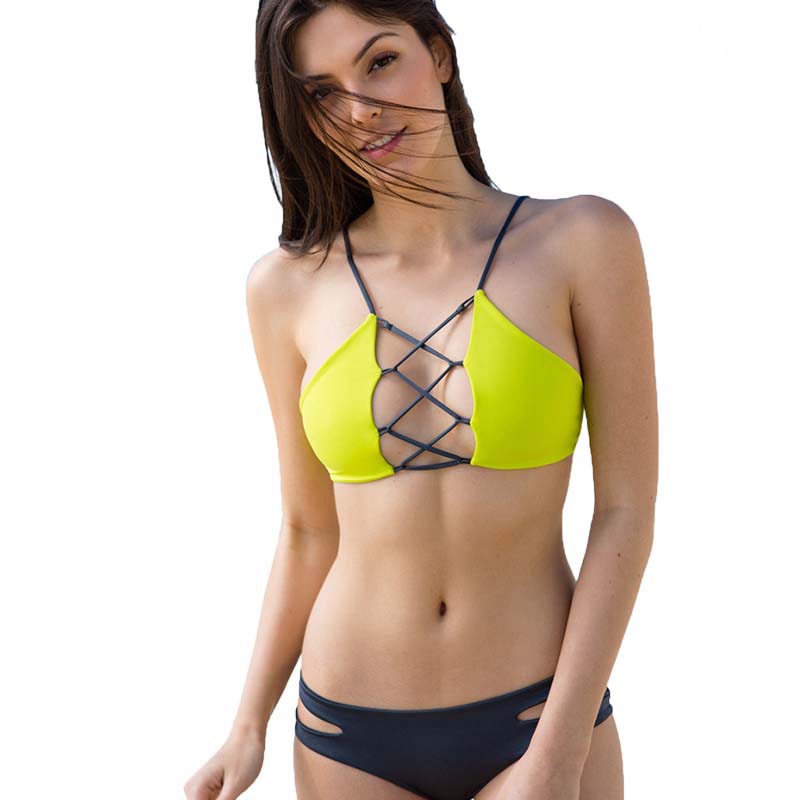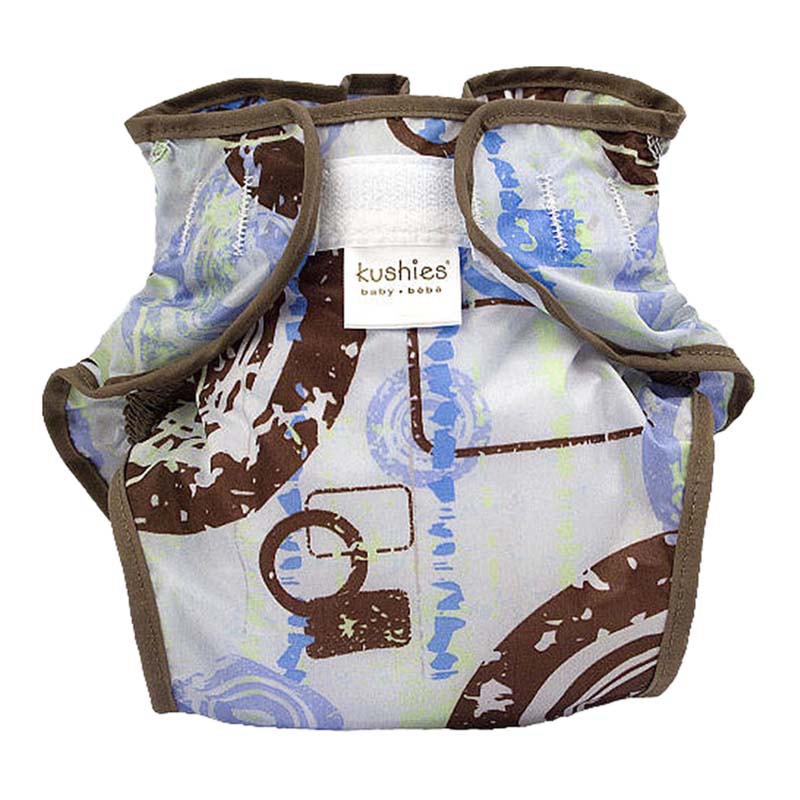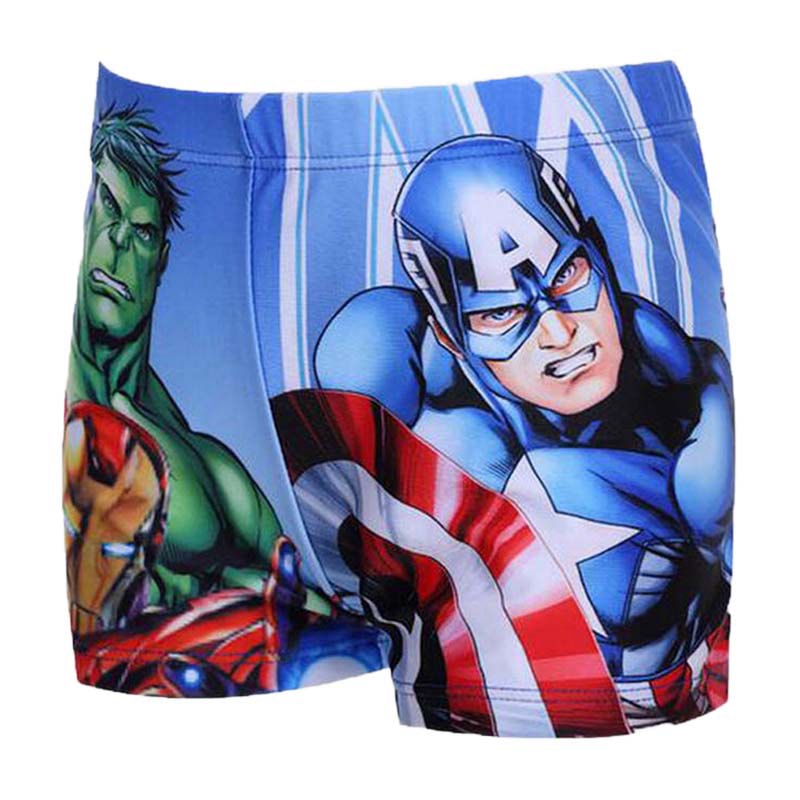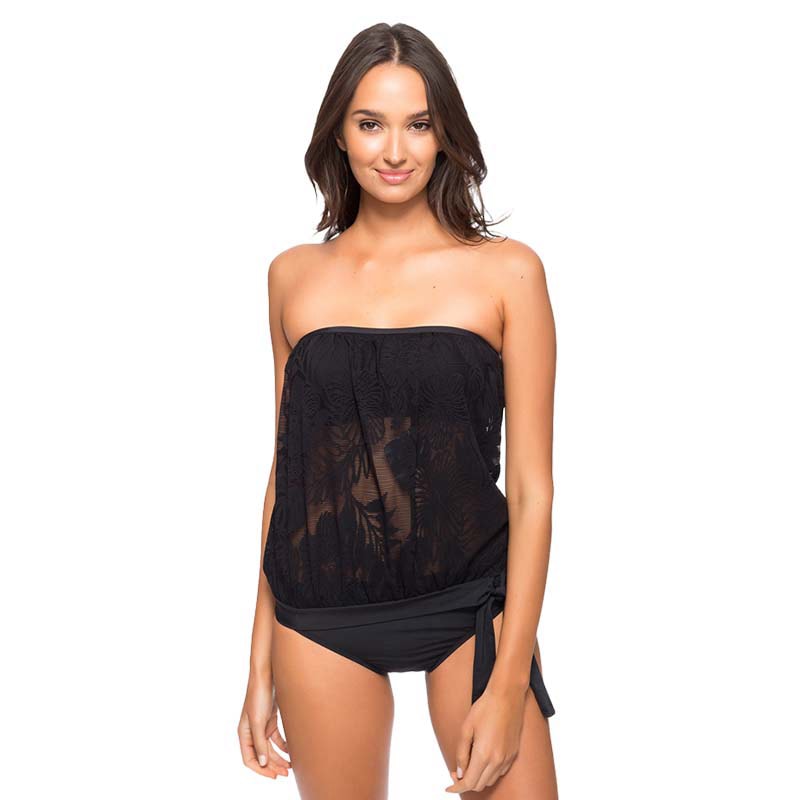There’s something magical about creating your own swimwear. I remember the first time I sewed my swimsuit; the feeling of wearing something uniquely mine while soaking up the sun or splashing in the water is unmatched. In this guide, I’ll walk you through the process, providing tips and tricks I’ve learned along the way to ensure your swimwear project is a splashing success.
What are the Best Fabrics to Use When Sewing a Swimsuit?
Choosing the right fabric is essential when learning how to sew swimsuit fabric. The fabric should not only provide comfort but also withstand the rigors of swimming and sun exposure. According to industry experts, here are my top picks:
- Nylon-Spandex Blends: Offers great stretch and recovery, ensuring a snug fit. Data shows that 70-80% nylon with 20-30% spandex is ideal for swimwear.
- Polyester-Spandex Blends: Highly durable and resistant to chlorine and UV rays, these blends typically contain 85-90% polyester.
- Tricot: A type of warp-knitted fabric that¡¯s smooth, stretchy, and often used for swimwear lining; made with at least 10% spandex for flexibility.
1. FIND YOUR SIZE
Getting the right size is critical when sewing swimsuit fabric. Measure your bust, waist, hips, and torso length accurately. Use a flexible measuring tape and take measurements in front of a mirror or have someone assist you for accuracy.
2. CHOOSE HIGH-QUALITY SWIMWEAR FABRIC
Quality matters immensely when sewing swimsuit fabric. Invest in high-quality fabrics sourced from reputable suppliers. High-quality material will offer better durability, fit, and comfort. Look for fabrics with at least 200 GSM (grams per square meter).
3. PICK YOUR SWIMWEAR LINING
Lining your swimsuit can enhance comfort and durability. Opt for soft, stretchy materials such as nylon mesh or tricot lining. If you¡¯re sewing swimsuit fabric, the lining should have a similar stretch to the outer fabric to maintain comfort and flexibility.
4. USE SWIMWEAR ELASTIC
Elastic is necessary to ensure the swimsuit fits snugly and remains secure in water. Use elastic specifically designed for swimwear which is resistant to chlorine and saltwater. به طور معمول, it should stretch to at least 200% of its original length.
5. CHOOSE THE BEST THREAD FOR SEWING SWIMWEAR
When sewing swimsuit fabric, the thread is just as important as the fabric. Polyester thread is highly recommended due to its strength and elasticity. It can withstand the stretchy nature of swimwear and the harsh pool chemicals.
6. USE STRETCH NEEDLES FOR SWIMWEAR
Needles make a big difference when sewing swimsuit fabric. Stretch needles, designed specifically for elastic materials, help prevent skipped stitches and fabric damage. اندازه 75/11 وت 90/14 are most commonly used.
7. USE A ROTARY CUTTER
A rotary cutter is a must-have for precise cutting of swimsuit fabric. It prevents the material from shifting and ensures clean, neat edges. Use a cutting mat underneath to protect your surfaces and obtain straight, accurate cuts.
8. USE STRETCH STITCHES
Stitching needs to be flexible to move with the fabric. When sewing swimsuit fabric, use stitches such as zigzag, triple zigzag, or a stretch stitch. These stitches stretch with the fabric, ensuring that the seams don¡¯t break.
9. HANDLE WITH CARE
Swimwear fabrics can be delicate. Handle them gently to avoid stretching or damaging the fabric. Use clips instead of pins to prevent holes and preserve the elasticity of the fabric.
10. SKIP THE IRON
Heat can easily damage swimsuit fabric. Instead of ironing, use a pressing cloth and a low-temperature setting on your iron if necessary. Steam can also help remove wrinkles without compromising the fabric.
Needle Types for Sewing Swimwear Fabric
Using the right needle type is crucial when sewing swimsuit fabric. Stretch needles or ballpoint needles are perfect because they slide through the fabric without causing runs or snags.
Thread Types for Sewing Swim Fabric
The choice of thread significantly impacts the durability of your swimwear. Polyester threads are the best for sewing swimsuit fabric as they are strong, flexible, and resistant to chlorine and UV damage.
Stitch Types for Sewing a Swim Suit
Opt for stretch stitches when sewing swimsuit fabric. Stitches like zigzag, triple zigzag, and stretch stitch are ideal. These stitches are flexible and move with the fabric, ensuring the seams remain strong and intact.
How to Sew Swimsuit Fabric Lining
Lining your swimsuit correctly enhances its comfort and longevity. Baste the lining to the main fabric initially to keep everything in place. Use a serger or stretch stitch to sew the lining, ensuring it doesn¡¯t bunch up or shift.
Tools for Modifying Patterns
Modifying patterns is often necessary for sewing swimsuit fabric. Tools such as pattern paper, a French curve, and a measuring tape are essential for accurate adjustments and a perfect fit.
Sewing Machines & Sergers
A good sewing machine or serger can make a huge difference when sewing swimsuit fabric. Sergers are excellent for creating clean, professional-looking edges. However, a sewing machine with a stretch stitch can also work effectively.
Pattern Paper
Pattern paper is indispensable when drafting or modifying swimsuit patterns. It ensures your patterns stay intact through multiple uses and allows you to make precise adjustments to fit your measurements.
پرسش
Can you sew swimwear on a regular sewing machine?
بله, you can sew swimwear on a regular sewing machine. Use a stretch stitch and a stretch or ballpoint needle for best results.
How to sew swimwear fabric for beginners?
For beginners, start with simple designs and practice using stretch stitches and needles. The key is to go slow and understand the fabric¡¯s behavior under the needle.
What is the best stitch for a bathing suit material?
A zigzag or triple stretch stitch is best for sewing swimsuit fabric. These stitches stretch with the fabric, ensuring durability and flexibility.
Do you need special thread for swimsuits?
بله, special thread like polyester is needed when sewing swimsuit fabric. It is durable, flexible, and resistant to chlorine and UV exposure.











